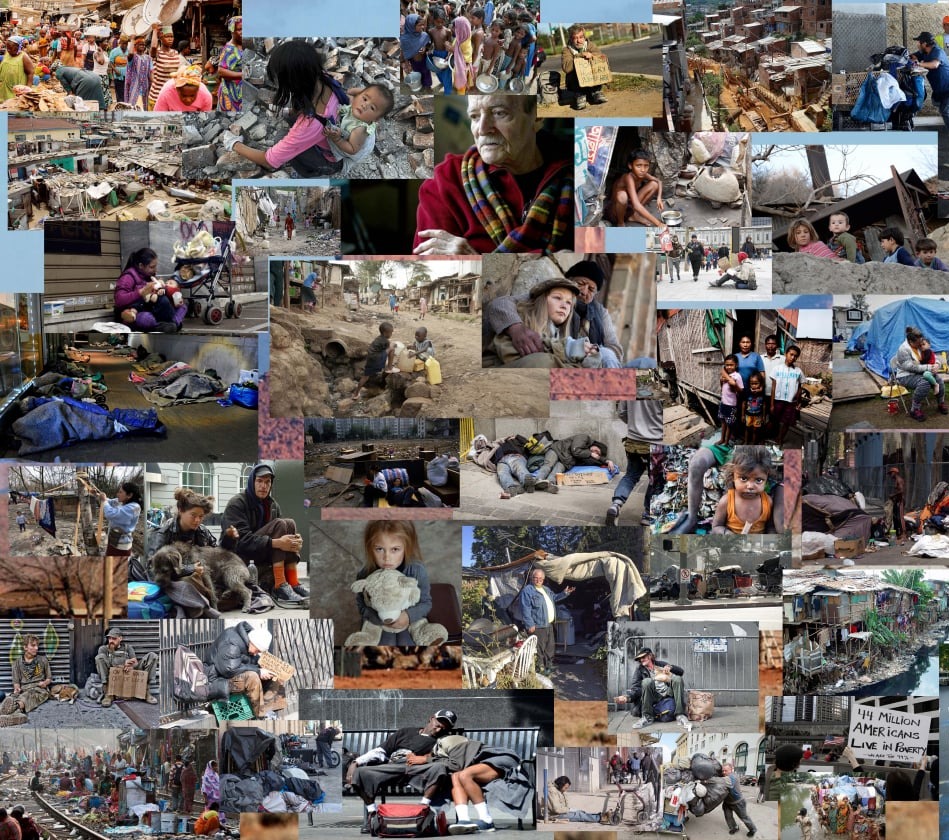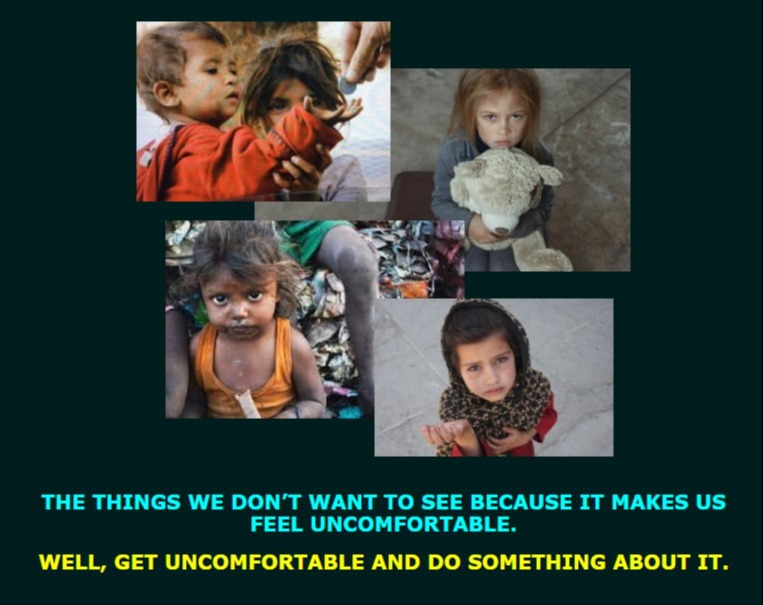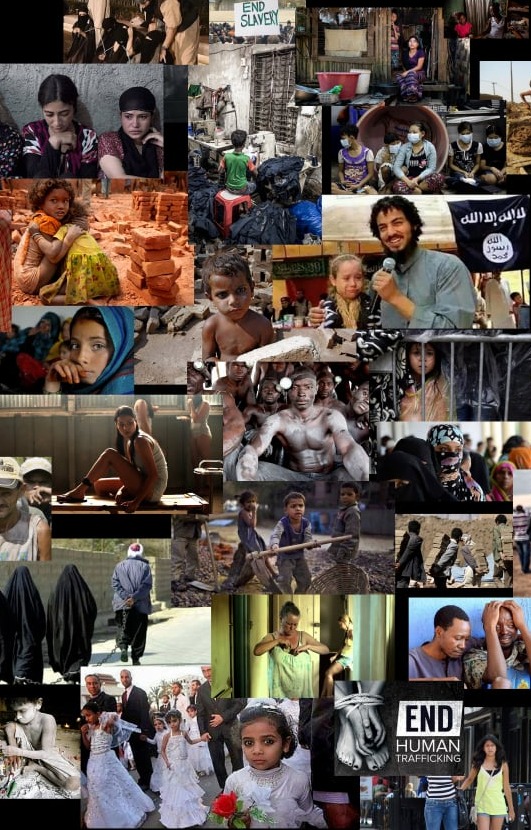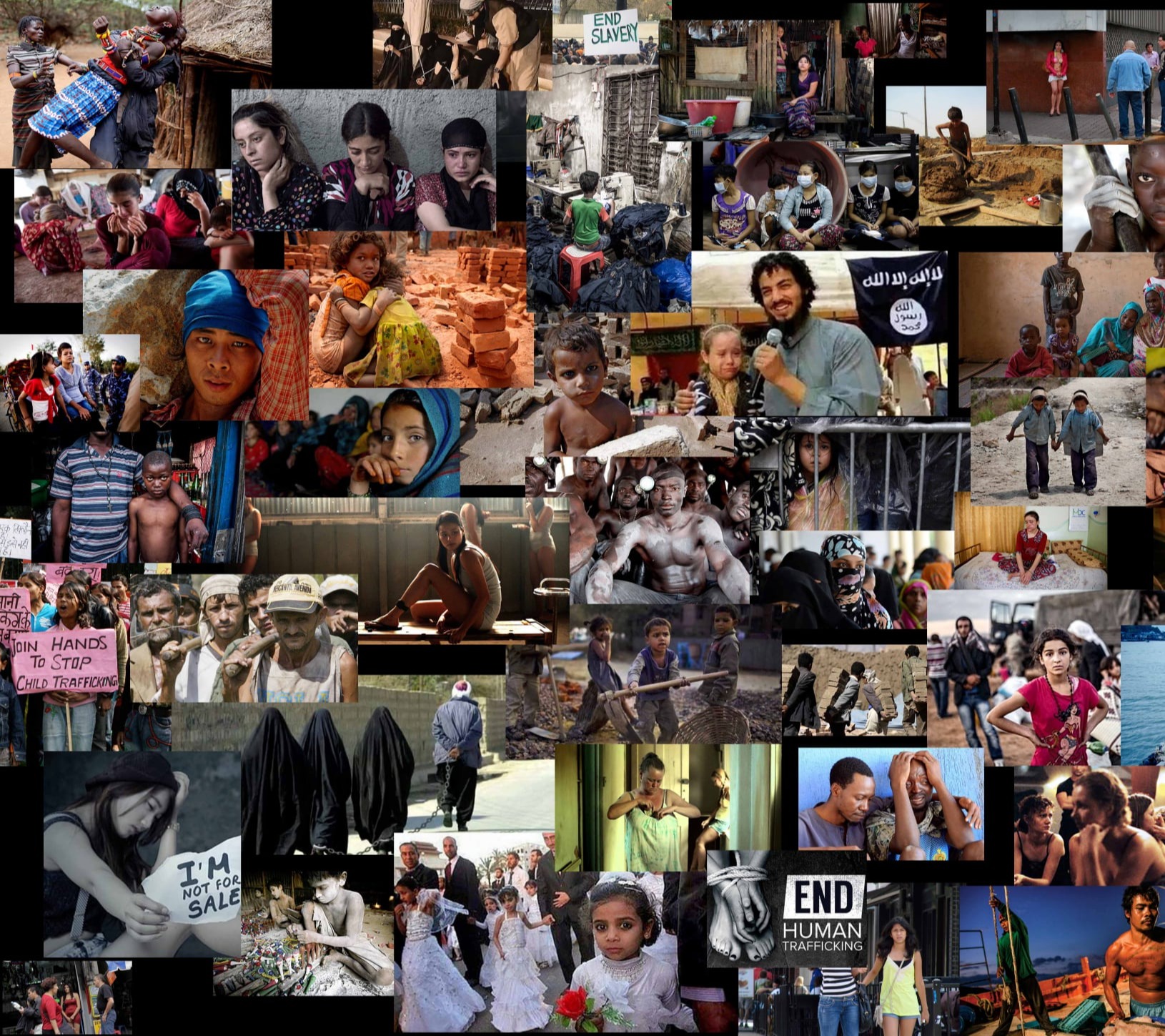65.8% of the slaves in the entire world live the Asia Pacific region. You know, where we get all our clothes (textile slavery is actually less common than most think).
Up to 4% of the population of Mauritania in West Africa consists of slaves. They have the highest percentage of slaves in the entire world with a total of 155,600 slaves. Iceland and Ireland have the lowest incidents of slavery in the world.
In the United States, slavery often takes the form of sexual slavery, specifically sexual slavery of children and minors. The United States ranks 145 out of 167 on the Global Slavery Index with 167 being the least amount of slavery.
However, the United States does import goods made from materials derived from slave labor. For example, over 1 million Uzbeks are forced by the government to harvest cotton two months out of every year. This cotton is then sold into the global market where it ends up in products Westerners, including Americans, buy.
The vast majority of slaves are held in collateralized hereditary debt bondage which means that a son or daughter can be born into slavery because their parents owed a debt and slavery is the payment. There is no end to this debt. It spans generations with no end in sight.
One billion people worldwide live on less than a dollar a day. Subsistence living makes people very vulnerable to making compromises that could result in enslavement. Some poor families have been known to give their children away to individuals posing as “placement agents” who claim the children they take will be given a better life. Instead, these children often become slaves without the parents ever knowing what became of them.
Many of the minerals used in modern electronics like gold, tin, and tungsten are mined in war torn areas like the inappropriately named Democratic Republic of the Congo. The Congo is home to 762,900 slaves and is seventh in the world in slave prevalence, two steps behind India and Pakistan.
In 2013, the Mauritanian government (remember, number 1 nation in the world in terms of slavery) formed a tribunal to try and prosecute those who engaged in, as they called it, the “vestiges” of slavery. Since then it has prosecuted no one. Well, no one that is except anti-slavery activists in Mauritania trying to pressure the nation into cracking down on slavery. The “vestiges” are pretty powerful it turns out. Even worse, enslaved women who are raped by their slave masters are then charged with “unlawful sexual conduct.”
Slavery as an industry is extremely profitable. The International Labor Organization estimates that slavery is responsible for $150 billion (with a B) in profits for slaveholders annually.
Slavery is present in nearly every industry on the planet from agriculture to textiles, cocoa workers (used to make chocolate) to mining. It’s everywhere, and while this doesn’t mean every product from these industries is produced by slaves, they certainly aren’t, goods produced by slave labor are a part of the mainstream global economy, not an outlier or an exception you never come across.
Global slavery is growing, not shrinking.




